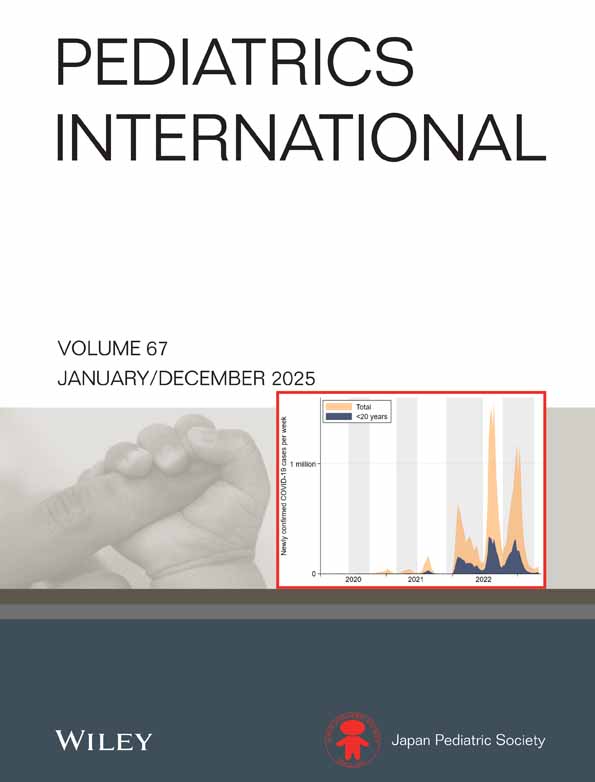Long-term outcome after sclerotherapy withor without a beta-blocker for variceal bleeding in children
Abstract
Background : Esophageal variceal bleedingis a life-threatening complication of portal hypertension. Optimal treatmentfor the prophylaxis of variceal rebleeding in children has not yetbeen determined. In the present study, we aimed to compare the long-termefficacy of endoscopic sclerotherapy with or without oral beta-blockertherapy in the secondary prophylaxis of variceal bleeding.
Methods : Thirty-eight children who hadundergone endoscopic sclerotherapy (EST) sessions for variceal bleedingin the Department of Pediatric Gastroenterology, Istanbul UniversityIstanbul School of Medicine, were entered into this retrospectivecohort study. Twenty patients (mean ± SD age 7.0 ± 2.7years) had undergone only sclerotherapy sessions (SG), whereas 18patients (mean age 6.8 ± 3.4 years) hadreceived oral propranolol (1−2 mg/kgper day) additionally for 2 years (SPG). The number of patientswith successful obliteration, the time required for obliterationand variceal recurrence rate were analyzed as primary indicators ofthe effectiveness of therapy.
Results : Variceal obliteration was achievedin 16 of 20 patients (80%) in the SG group and in 16 of18 patients (88%) in the SPG group. Time required for varicealobliteration was significantly shorter in the SPG group comparedwith the SG group (4.1 ± 1.4 vs 3.2 ± 0.9months; P < 0.05). The variceal recurrencerate was 65 and 38.8% in the SG and SPG groups, respectively.Compared with the SG group, less variceal rebleeding was observedduring EST in the SPG group (25 vs 16.6%, respectively).However, these differences were not statistically significant.
Conclusions : Endoscopic sclerotherapycombined with oral propranolol treatment shortens the time required forvariceal obliteration. However, the other indicators of treatmenteffectiveness are not influenced statistically by the addition ofpropranolol to the treatment regimen. Randomized prospective clinicalstudies in larger pediatric series are needed before offering acombination of EST with oral propranolol as the most rational approachin the secondary treatment of esophageal variceal bleeding in children.




